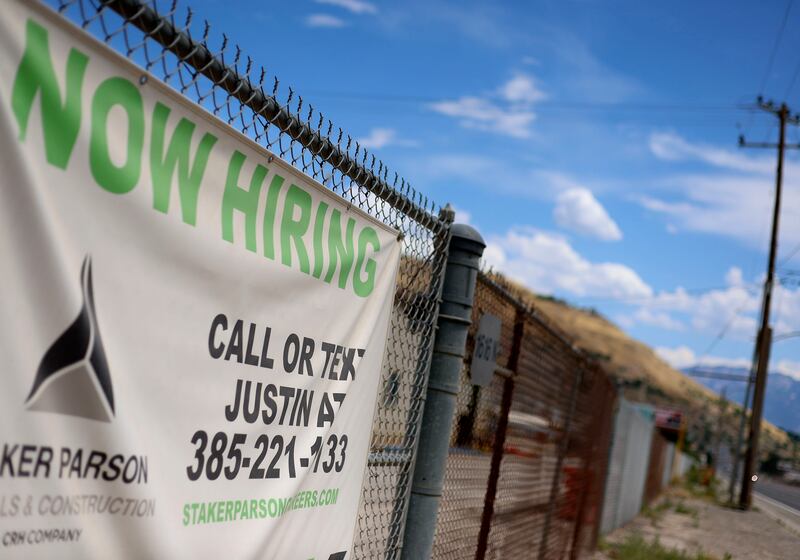New data released Wednesday by the U.S. Labor Department, alongside a gloomy report that pegged U.S. inflation in June at a 40-year high of 9.1%, shows that even as overall wages rise amid a still booming jobs market, when adjusted for skyrocketing price increases, American workers are falling behind when it comes to their earnings.
Here’s the news: According to the Labor Department’s Bureau of Labor Statistics, seasonally adjusted real average hourly earnings for all employees decreased 1.0% from May to June and are down 3.6% from the same time last year.
An analysis released last month by LendingClub found 61% of U.S. consumers, approximately 157 million adults, were living paycheck to paycheck in April, and price increases have only escalated since then.
While higher prices for goods and services have an outsize impact on the lowest wage earners, LendingClub’s report found rising inflation was creating challenges across the earnings spectrum.
Their data shows that in April 2022, 36% of consumers earning $100,000 to $150,000, 31% earning $150,000 to $200,000, 26% earning $200,000 to $250,000 and 24% earning more than $250,000 were living paycheck to paycheck without issues paying their bills. Between 10% and 12% of consumers in these higher-income brackets lived paycheck to paycheck with issues paying their bills in April 2022.
But job growth is still a thing: Inflation is gnawing away the buying power of our collective paychecks, but at the same time, the U.S. jobs market has remained vibrant and that factor could help stave off a recession, according to some economists.
The latest jobs data from the Labor Department, released last Friday, shows that many businesses still want to keep hiring. Employers added 372,000 jobs in June, a surprisingly robust gain and in line with the pace of the previous two months. Economists had expected job growth to slow sharply last month given the broader signs of economic weakness.
The unemployment rate remained 3.6% for a fourth straight month, matching a near 50-year low that was reached before the pandemic struck in early 2020.
“For all the doom and gloom that’s in the markets right now, companies themselves still seem pretty upbeat on their own progress,” James Knightley, chief economist at Dutch multinational bank ING, told The Associated Press. “It sort of dampens the near-term fear that we’re heading into an impending recession.”
Recession fears dampened but not extinguished: The persistence of high inflation has unnerved Fed Chairman Jerome Powell and other Fed officials, who are engaged in the fastest series of rate hikes since the late 1980s to try to slow the price spikes. The central bank is expected to raise its key short-term rate later this month by a hefty three-quarters of a point, as it did last month, with potentially more large rate hikes to follow.
Powell has stressed that the central bank wants to see “compelling evidence” that inflation is slowing before it would dial back its rate hikes. Such evidence would need to be a “series of declining monthly inflation readings,” Powell said at a news conference last month.
Many economists worry that the Fed’s drive to quell inflation will cause it to tighten credit too aggressively even while the economy, by some measures, is slowing. Much higher borrowing costs could trigger a recession, potentially by next year.
Contributing: Associated Press


